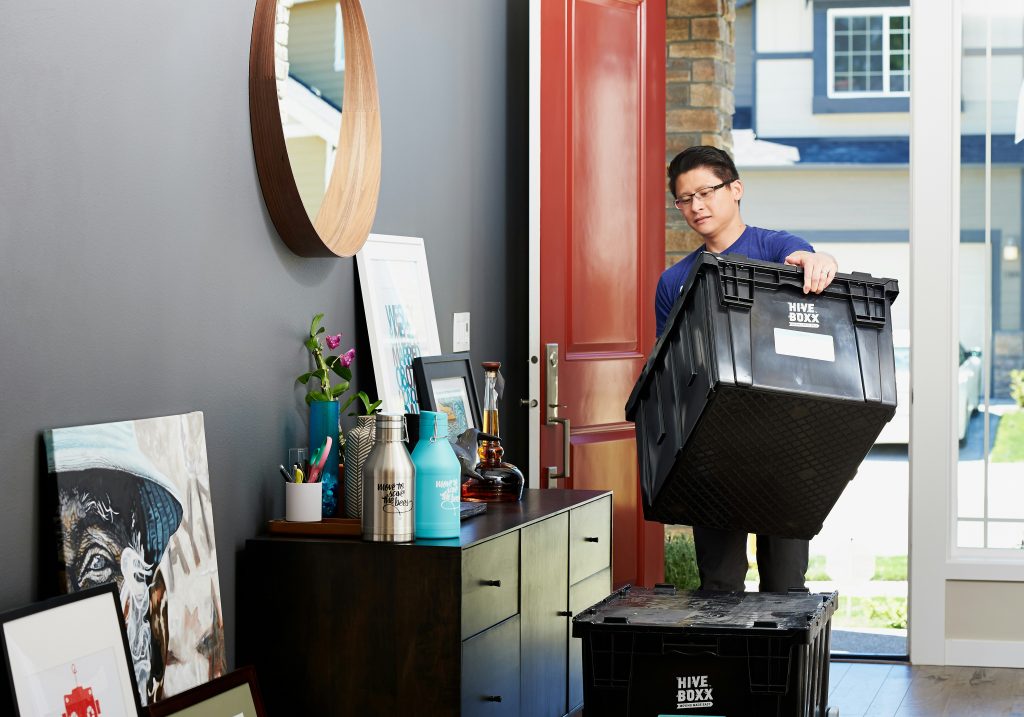Social media has become an undeniable force in modern life, shaping how we connect, communicate, and even perceive the world around us. While it offers incredible opportunities for connection and sharing, it also presents unique challenges, particularly within romantic relationships. To foster healthy relationships in the digital age, couples need to establish clear boundaries and maintain open communication regarding their social media use.
One of the most effective strategies for ensuring a healthy relationship in the era of social media is setting clear boundaries. Imagine this: you and your partner, enjoying a relaxed morning coffee, engage in a conversation about your online comfort zones. What aspects of your lives are you both happy to share publicly? What feels private and should remain offline? This discussion can be incredibly illuminating, fostering mutual understanding and respect. By collectively agreeing on what’s appropriate to share, you proactively prevent misunderstandings and potential conflicts according to https://www.bolsademulher.com/.
It’s not simply about protecting privacy; it’s about respecting each other’s feelings and preferences. Think about how often disagreements arise from a shared photo or a tagged post that one partner didn’t approve of. By establishing clear boundaries in advance, you can avoid these uncomfortable situations and build a foundation of trust and respect.
A practical approach to setting these boundaries is to create a “social media agreement” together. This might involve discussing what it means to tag each other in posts, share photos that include both of you, or even how often you’ll check your phones during quality time together. By laying out these guidelines, you create a shared understanding of each other’s comfort levels and expectations. This agreement isn’t about restricting each other; it’s about creating a safe space where both partners feel respected and heard.
For example, you might agree on guidelines such as:
- Always asking for consent before posting photos or videos that include your partner. This simple act of respect demonstrates that you value their privacy and opinions.
- Discussing any concerns or discomfort related to each other’s online activity. Open communication ensures that any issues are addressed promptly, preventing resentment from building up.
- Limiting phone use during dates or quality time together. This allows you to be present and focused on each other, fostering deeper connection and intimacy.
- Respecting each other’s online friendships and interactions. While it’s natural to be curious, it’s important to trust your partner and avoid excessive monitoring of their online activity.
However, establishing boundaries is only the first step. To truly ensure these boundaries are respected, continuous open communication is crucial. Relationships are dynamic, and individual comfort levels with online sharing may evolve over time. Regularly checking in with each other about your social media boundaries ensures that your agreement remains relevant and reflective of your current needs according to https://tu.tv/2023/11/london-after-dark.html.
This ongoing dialogue allows you to address any new concerns or challenges that may arise as social media platforms and trends evolve. It also provides an opportunity to reaffirm your commitment to respecting each other’s online boundaries and fostering a healthy, balanced relationship in the digital age.
Beyond setting boundaries, consider these additional strategies for healthy social media use in your relationship:
- Be mindful of your online interactions. Before posting or commenting, consider how your words might be perceived by your partner and others.
- Use social media to connect, not compare. Avoid falling into the trap of comparing your relationship to the often-idealized portrayals on social media. Remember that what people choose to share online is often a curated version of reality.
- Prioritize real-life connection. While social media can be a valuable tool for staying connected, don’t let it replace face-to-face interactions. Make time for shared activities and meaningful conversations that strengthen your bond.
In conclusion, navigating the complexities of social media in relationships requires a proactive and mindful approach. By setting clear boundaries, maintaining open communication, and prioritizing real-life connection, couples can harness the positive aspects of social media while mitigating its potential challenges. Remember, the goal is not to avoid social media altogether, but to use it in a way that enhances, rather than hinders, your relationship.






